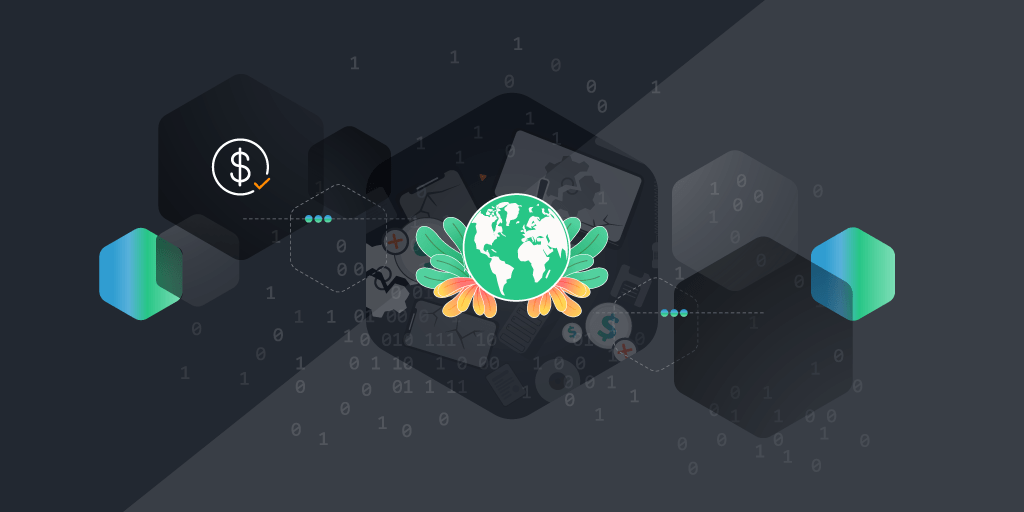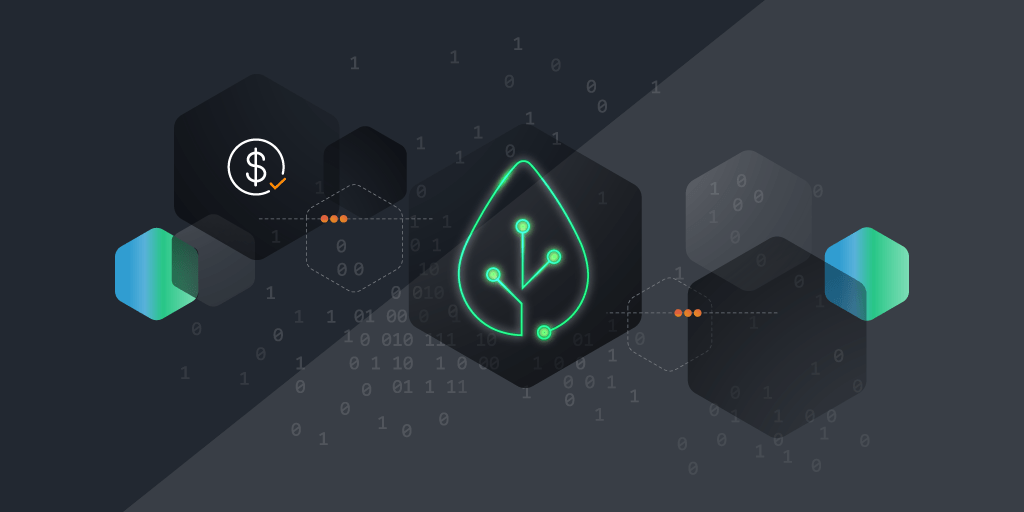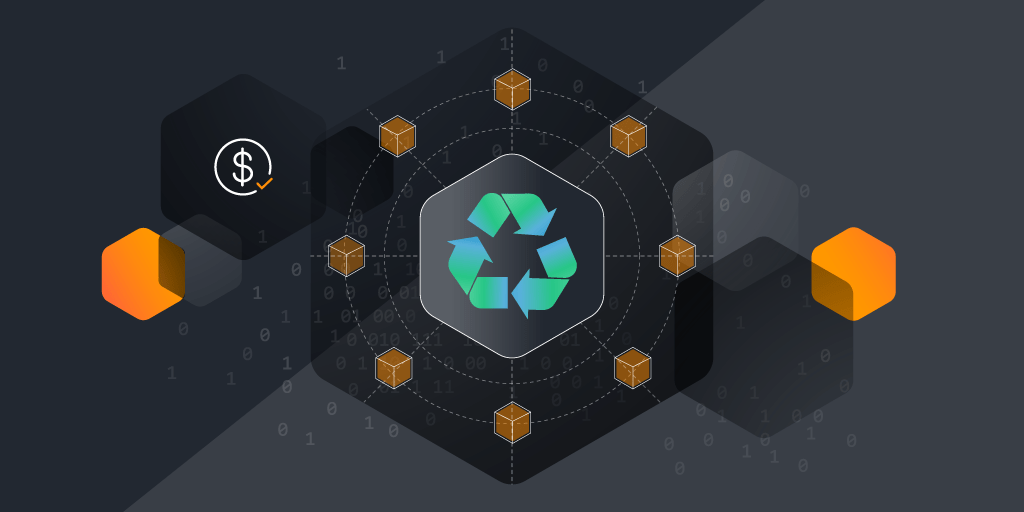
From CAASM to Risk Managament
Gartner estimates that global IT spending will reach $5.5 trillion in 2024, with a significant share dedicated to modernization efforts, including cloud computing, AI, and digital transformation initiatives.
As any seasoned system administrator knows, modernization has become more than just a trend—it’s a critical necessity. Organizations across industries, from small startups to global enterprises, are embracing modernization as a key strategy for staying competitive. From tech giants leveraging advanced cloud computing and AI to streamline their operations, to traditional industries upgrading their infrastructure to meet the demands of the digital age, the drive for modernization is evident everywhere. Businesses are investing in cutting-edge technologies, adopting agile methodologies, and rethinking their IT strategies to harness the full potential of the latest innovations.
This broad adoption underscores the pivotal role modernization plays in driving efficiency, agility, and long-term success in the modern economy. Without proper planning and oversight, these changes can lead to unforeseen expenses and operational disruptions.
One of the most powerful tools in your arsenal to streamline this process and significantly reduce costs is comprehensive asset discovery. For the “IT Heroes” who keep the systems running smoothly, mastering asset discovery isn’t just about keeping tabs on what’s plugged into your network—it’s about transforming your IT environment into a lean, efficient machine. Let’s dive deep into how a thorough understanding of your IT assets can help save time, cut costs, and set your organization up for success.
What is Comprehensive Asset Discovery?
Before we get into the nitty-gritty of cost savings, let’s clarify what we mean by “comprehensive asset discovery.” At its core, asset discovery is the process of identifying and cataloging all hardware, software, and network components within an organization’s IT environment. This isn’t a one-off task but an ongoing process that requires a robust strategy and the right IT modernization tools to keep up with the rapidly developing field of IT asset management.
Comprehensive asset discovery goes beyond simple inventory. It involves gathering detailed data about each asset, including its current status, usage, location, and dependencies. This complete picture enables system administrators to make informed decisions to optimize resources, and ultimately, reduce costs.
Uncovering Hidden Costs: Reducing Redundancies and Wastage
One of the most immediate ways comprehensive asset discovery helps in cost reduction is by identifying and eliminating redundant or underutilized assets. In many IT environments, especially larger enterprises, it’s common to find outdated or unused hardware and software lurking in the shadows, quietly draining budgets.
Over time, as organizations grow and evolve, they often accumulate a significant number of assets that are no longer actively used. These could be anything from dormant servers and storage devices to software licenses that are still being paid for but are not actively utilized.
By conducting a thorough asset discovery, system administrators can identify these underutilized resources. Decommissioning unused servers, reassigning or canceling redundant software licenses, and reallocating underused assets can lead to substantial cost savings. It’s not just about cutting costs—it’s about ensuring every dollar spent is driving value.
Optimizing Resource Allocation: The Key to Efficiency
Effective resource allocation is fundamental to achieving cost-effective IT operations. By thoroughly understanding the assets at your disposal, you can make strategic decisions that enhance efficiency. Here’s how:
Effective Resource Allocation
- Strategic Decision-Making: A detailed inventory of IT assets allows for informed decisions about how to allocate resources effectively across your organization.
- Cost Efficiency: Proper resource allocation helps in reducing unnecessary expenditures by ensuring resources are utilized in alignment with organizational needs.
Maximizing Asset Utilization
- Full Potential Use: With accurate knowledge of your assets, you can ensure that each asset is utilized to its maximum potential.
- Example: If asset discovery reveals several servers operating below capacity, you can consolidate workloads to reduce the number of physical machines needed.
- Benefits: This approach minimizes energy consumption, reduces hardware maintenance and support costs, and optimizes overall asset performance.
Avoiding Over-Provisioning
- Accurate Resource Estimation: Comprehensive asset data helps prevent the overestimation of resource needs, which is common without accurate information.
- Cost Avoidance: Over-provisioning leads to unnecessary spending on excess hardware and software, impacting the budget.
- Right-Sizing: By leveraging asset discovery, system administrators can adjust the IT environment to fit actual needs, ensuring investments are confined to what is truly necessary.
Preventing Unplanned Expenses: Proactive Maintenance and Planning
One of the biggest challenges for system administrators is dealing with unplanned expenses. These often come in the form of emergency repairs or last-minute hardware replacements that could have been avoided with proper foresight.
Proactive Issue Detection: Comprehensive asset discovery provides the detailed data needed to predict when assets are likely to fail or require maintenance. For example, tracking the age and usage of hardware components can help identify which parts are nearing the end of their lifecycle. By planning maintenance or replacements ahead of time, organizations can avoid the high costs associated with emergency repairs and downtime.
Extending Asset Lifespan: Regular monitoring and proactive maintenance don’t just prevent sudden breakdowns, they also extend the overall lifespan of assets. This means less frequent replacements and upgrades, contributing to long-term cost savings.
Streamlining IT Operations: Simplifying the Complex
The complexity of managing an IT environment grows with the size of the organization. As the number of assets increases, so does the potential for inefficiencies. Comprehensive asset discovery helps simplify this complexity by providing a clear, centralized view of all assets, allowing for streamlined management and operational efficiency.
Consolidation Opportunities: With a clear view of your IT assets, you can identify opportunities for consolidation. This could mean consolidating servers, reducing the number of software platforms used, or even unifying multiple network infrastructures. Each consolidation reduces the operational complexity and cuts down on the time and resources needed for management.
Improving Security Posture: An often-overlooked benefit of comprehensive asset discovery is the impact on security. Knowing exactly what assets are in your environment allows for better security management, ensuring that all devices and software are properly patched and protected. This reduces the risk of security breaches, which can be incredibly costly both in terms of financial loss and reputation damage.
Ensuring Compliance and Reducing Penalties: Staying Ahead of Regulations
Compliance is a critical concern for any organization, especially in highly regulated industries. Failing to comply with software licensing agreements or regulatory standards can lead to hefty fines and penalties.
Maintaining Compliance: Comprehensive asset discovery ensures that all software and hardware assets comply with licensing agreements and regulatory standards. By maintaining accurate records and up-to-date information on all assets, organizations can avoid the unexpected costs associated with non-compliance.
Simplifying Audits: Having a detailed, centralized inventory of assets makes the audit process much smoother and faster. It reduces the time and resources spent on audits, freeing up system administrators to focus on more strategic tasks.
Better Vendor Management: Negotiating from a Position of Strength
When it comes time to renew licenses, purchase new hardware, or engage with new vendors, having comprehensive asset data can give you a significant advantage.
Informed Negotiations: Understanding what you already have and how it is utilized allows you to enter negotiations with vendors from a position of strength. You can make more informed decisions about what you need and what you can do without, potentially securing better deals and avoiding unnecessary costs.
Avoiding Vendor Lock-in: Knowledge of your assets also helps in avoiding vendor lock-in, which can occur when an organization becomes overly dependent on a single vendor’s products and services. By maintaining a clear inventory and understanding your IT environment, you can make strategic decisions that keep your options open and your costs in check.
Strategic IT Modernization: Investing Wisely for the Future
Comprehensive asset discovery is not just about managing what you have today; it’s also about planning for the future. By understanding your current assets and how they’re utilized, you can make more informed decisions about where to invest in IT modernization.
Targeted Investments: With a clear picture of your IT environment, you can identify which areas will benefit most from modernization efforts. This means you can allocate your budget more effectively, investing in areas that will deliver the highest return on investment and the most significant cost savings over time.
Phased Modernization: Understanding the dependencies and relationships between assets allows for a more strategic approach to modernization. Instead of a costly, organization-wide overhaul, you can take a phased approach, upgrading systems in stages to minimize disruption and spread costs over time.
To achieve modernization efficiency, it’s important to have a well-thought-out modernization strategy. This strategy should involve the right IT modernization tools that not only help in discovering and managing assets but also assist in integrating new technologies with existing systems seamlessly.
A Path to Cost Savings and Efficiency
For system administrators looking to save time and reduce costs, comprehensive asset discovery is an essential practice. By providing a complete picture of the IT environment, it allows for better resource allocation, proactive maintenance, streamlined operations, and informed decision-making—all of which contribute to significant cost savings.
But don’t just take our word for it. Discover the benefits of comprehensive asset discovery firsthand with Lansweeper. Sign up for a free trial of our asset discovery solution today and see how it will transform your IT environment into a cost-efficient powerhouse. Start your journey to smarter IT management and modernization now!
Go Unlimited for 14 days
2 weeks of unlimited scanning
Start now. Use when ready
No card required
Access all features
5-minute onboarding


